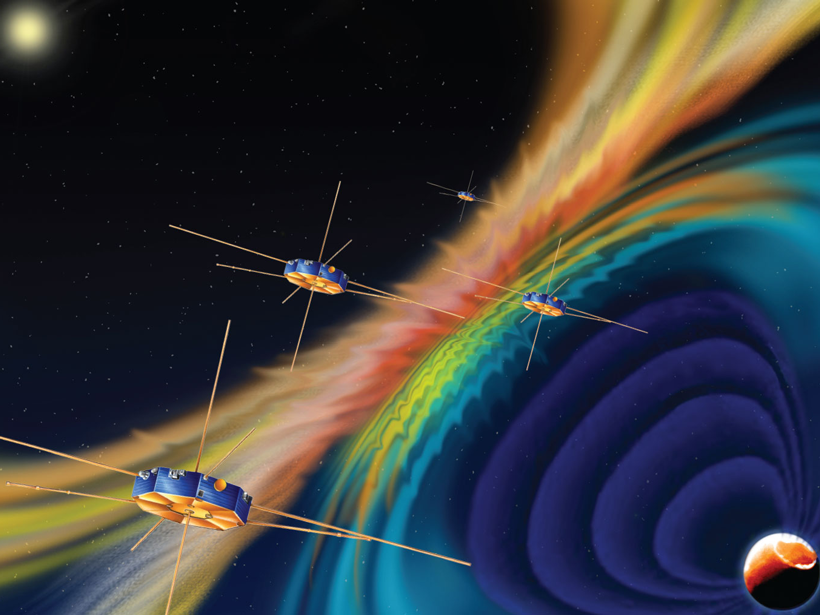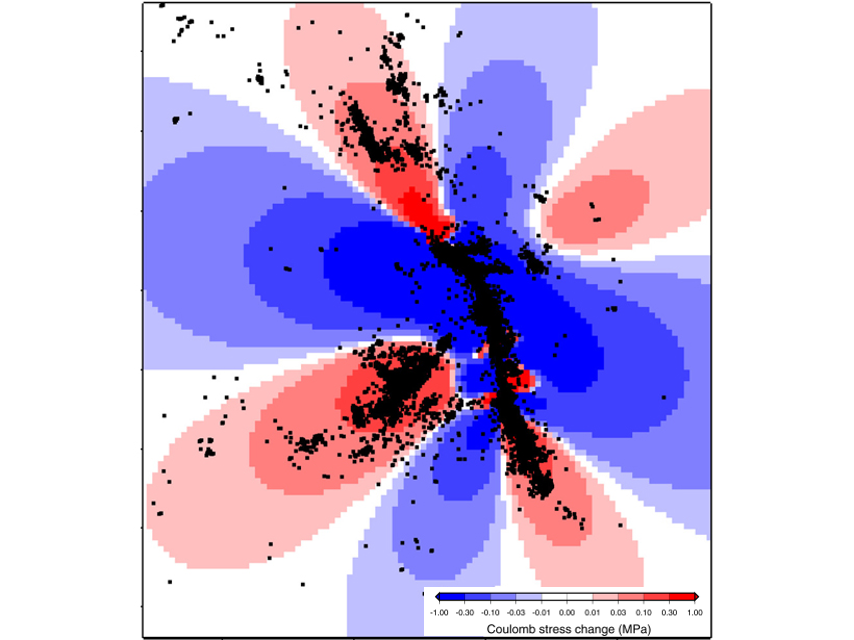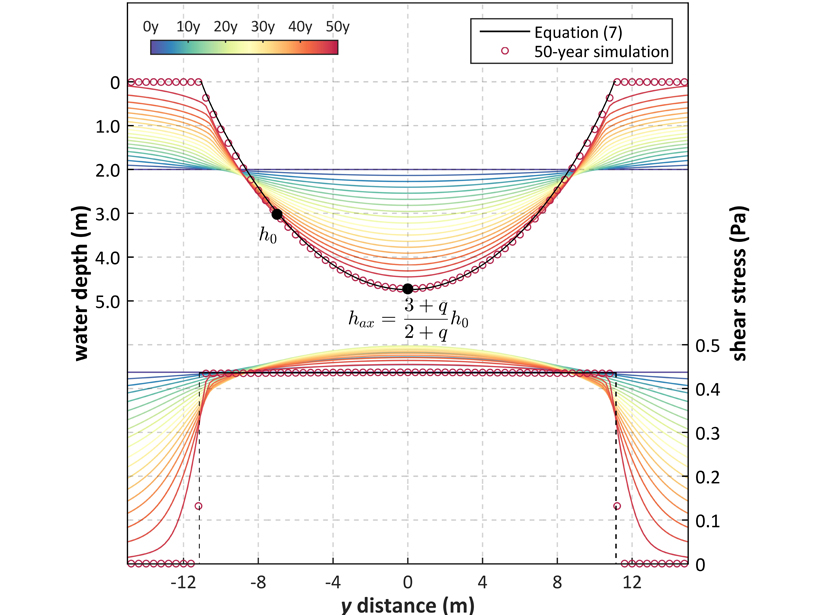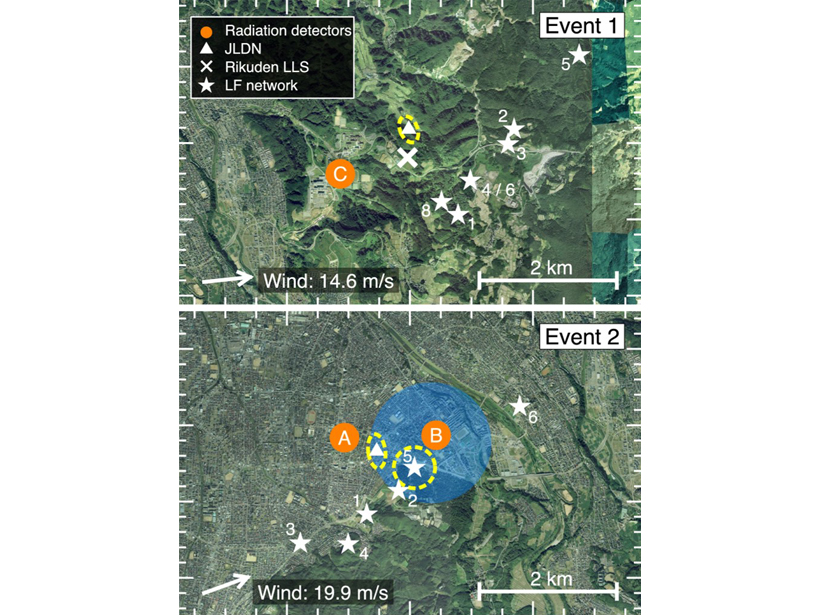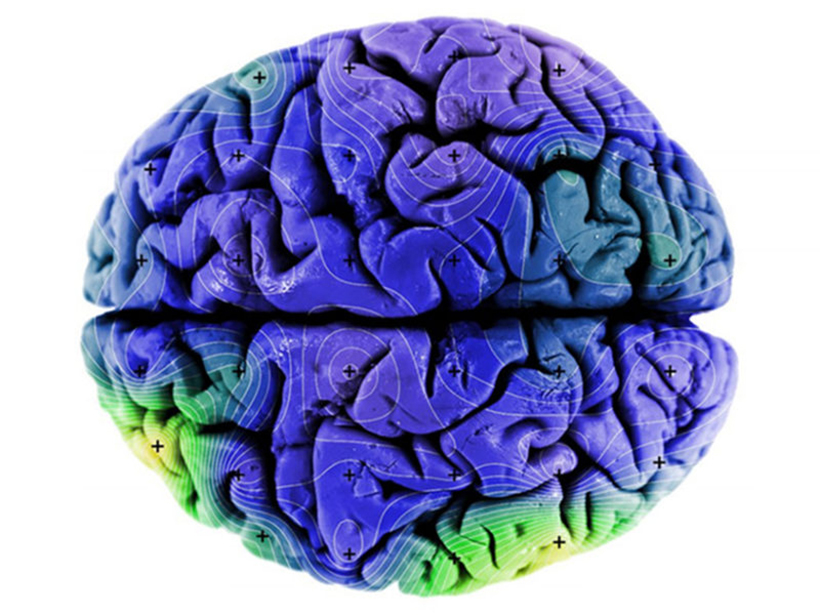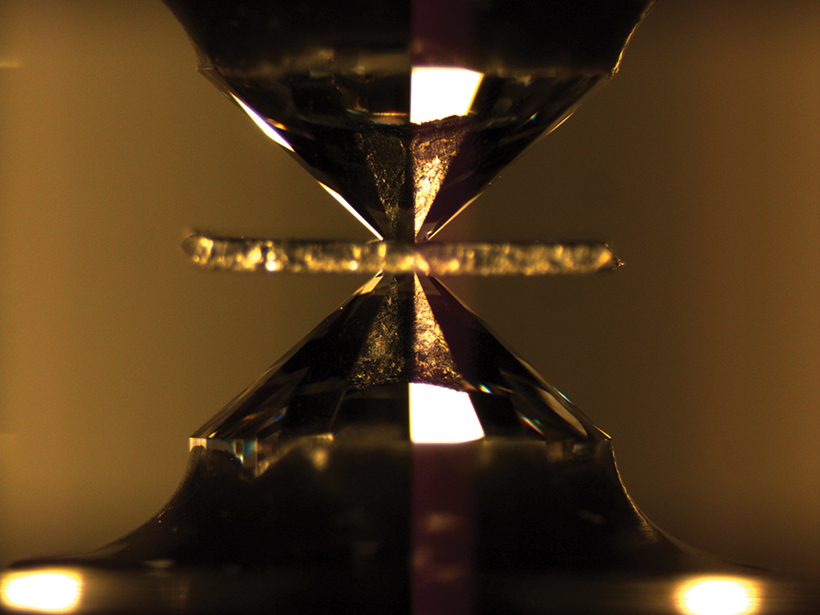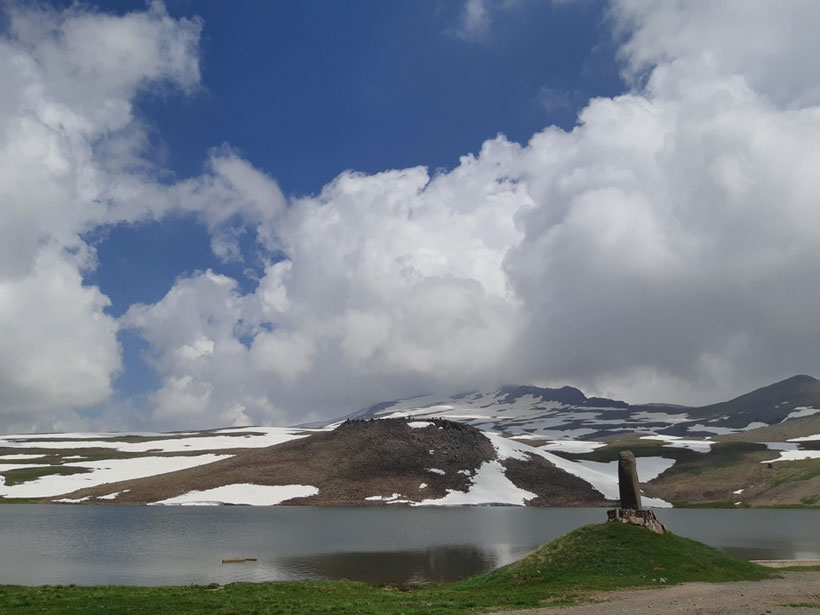Energetic electrons are accelerated directly by magnetic reconnections and can act as tracers of large-scale magnetic field conditions.
geophysics
The Failure of Physics-Based Earthquake Forecasting Models
Spatial clustering of aftershocks explains why simple statistical models often outperform complex physics‐based earthquake forecasting models even if the physical mechanisms are correctly modeled.
Stream Hydraulic Geometry 1.01
New research provides a theoretical explanation of channel cross section geometry dependence on flow rate that is commonly observed and described with power-laws.
Lightning Discharge Type Linked to Terrestrial Gamma‐Ray Flashes
For the first time, the connection between energetic in cloud pulse and terrestrial gamma‐ray flashes is confirmed in the Gamma-Ray Observation of Winter Thunderclouds experiment in Japan.
Podcast: Putting Brains in Rock Machines
One geophysicist deviated from his usual work on paleomagnetism to study the magnetic remanence of human brains.
Reflecting on a Half Century of Mineral and Rock Physics at AGU
Research fields focused on the physical properties of Earth materials emerged in the 20th century and have been making major contributions within geoscience ever since.
Kumamoto and Thom Receive 2019 Mineral and Rock Physics Graduate Research Award
Kathryn M. Kumamoto and Christopher A. Thom received the 2019 Mineral and Rock Physics Graduate Research Award at AGU’s Fall Meeting 2019, held 9–13 December in San Francisco, Calif. The award is “presented annually to one or more promising young scientists and recognizes outstanding contributions to the field of mineral and rock physics achieved during the honoree’s Ph.D. research.”
Lobanov Receives 2019 Mineral and Rock Physics Early Career Award
Sergey S. Lobanov received the 2019 Mineral and Rock Physics Early Career Award at AGU‘s Fall Meeting 2019, held 9–13 December in San Francisco, Calif. The award is given to early-career scientists in recognition of “outstanding contributions by an early-career scientist in the broadly defined area of mineral and rock physics.”
Taro Takahashi (1930–2019)
This giant in geochemistry also pioneered early high-pressure, high-temperature studies that launched the field of mineral physics.
Understanding High-Energy Physics in Earth’s Atmosphere
Thunderstorms present a variety of hazards, including emissions of ionizing radiation. An international group of scientists met at an Armenian observatory to share their findings.

